Our roadtrip through the Baltic States began with exploring two smaller cities, Kaunas, in central Lithuania, and Klaipeda, on the Baltic coast. Kaunas was Lithuania’s lively capital during the interwar period and today has a population of about 300,000. Though there may not be as many “must-see” sites as in Vilnius, it’s a very pleasant, user-friendly city with a scenic pedestrian-only thoroughfare that stretches through the center, expansive parks and green spaces by the castle and river junction (Santakos Park), and an elegant Old Town core. In this summer’s travels through Poland and the Baltic States so far, we’ve noticed and been impressed by many of the cities’ intentionality in creating thoughtful public spaces: not just sticking a few pieces of playground equipment somewhere, but envisioning and smartly planning for bike paths, picnic areas, etc. which are also intertwined and connected with the historic and cultural attractions that people may already be visiting.


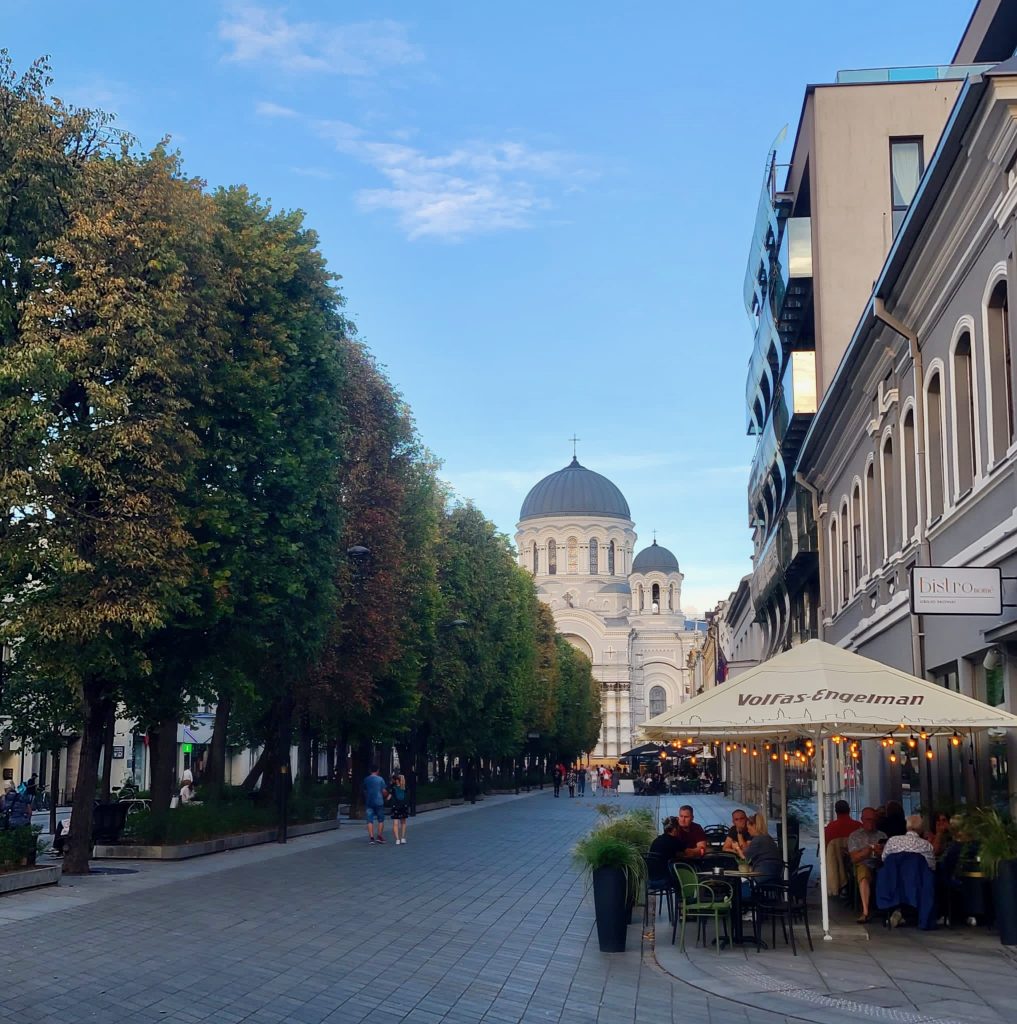




One small but valuable historic site was the Sugihara House, which Dave visited one afternoon in Kaunas. It tells the story of a Japanese diplomat, Chiune Sugihara, who issued almost 2,200 transit or exit visas which allowed Lithuanian Jews to escape the Nazi war machine in the early 1940’s. Sugihara issued the visas in defiance of his government’s orders and continued to issue visas from his private residence even after the embassy was shut down. In conjunction with a Dutch diplomat who was also working in and issuing travel visas to Jews in Kaunas, together they are estimated to have saved some 6,000 lives. Although Dave wished the exhibit dove more into Sugihara’s personal life and motivations for these heroic actions, it was very interesting to learn about someone who went above and beyond to save Jews during the Holocaust, and as a story that we had never heard about before.
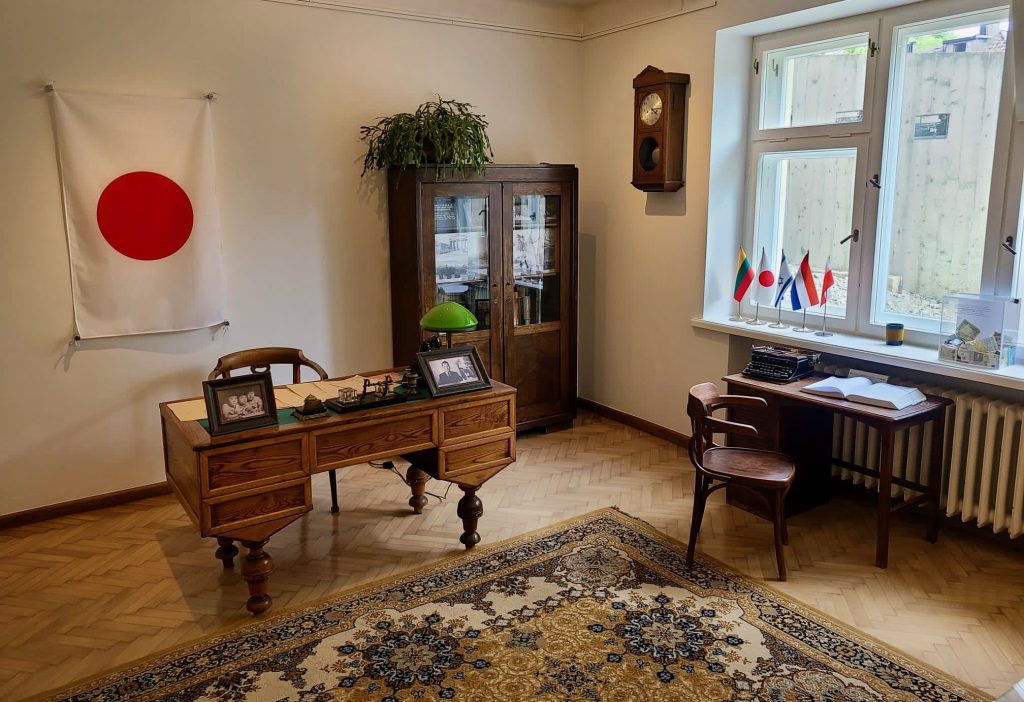
We’ve learned that even in summer, weather can be quite unpredictable here, so it’s good to have options for rainy days. Dave researched and found an absolute gem in CurioCity, an incredible indoor play space “edutainment” center located in a giant mall outside the city center (in fact it’s billed as the largest of its kind in the Baltic States). This was probably the best indoor play space we’ve ever seen, with dozens of educational and interactive activities (and supervised! as in you can leave your kids over age 4 there!) for a reasonable hourly rate. I dropped in a few times over his visit because I was curious about everything offered, but Jacob had no need for my presence: he was having such a blast on his own. It’s either a 15-minute drive or 30-minute bus ride from the city center, but either way, if you ever find yourself in Kaunas with kids, it’s a must-visit.

Lithuania has so much natural beauty, even just outside cities like Kaunas. Being in this region is less about seeing historical sites and more about savoring the outdoors, especially during the few months of the year with good weather, as the locals recommended. We spent a morning checking out the Kaunas Lagoon and even managed a “hike” of about one hour with minimal complaining (someone’s focus on slugs, snails, and walking sticks helped). If we were fisherpeople, this would have been a great place to do it.
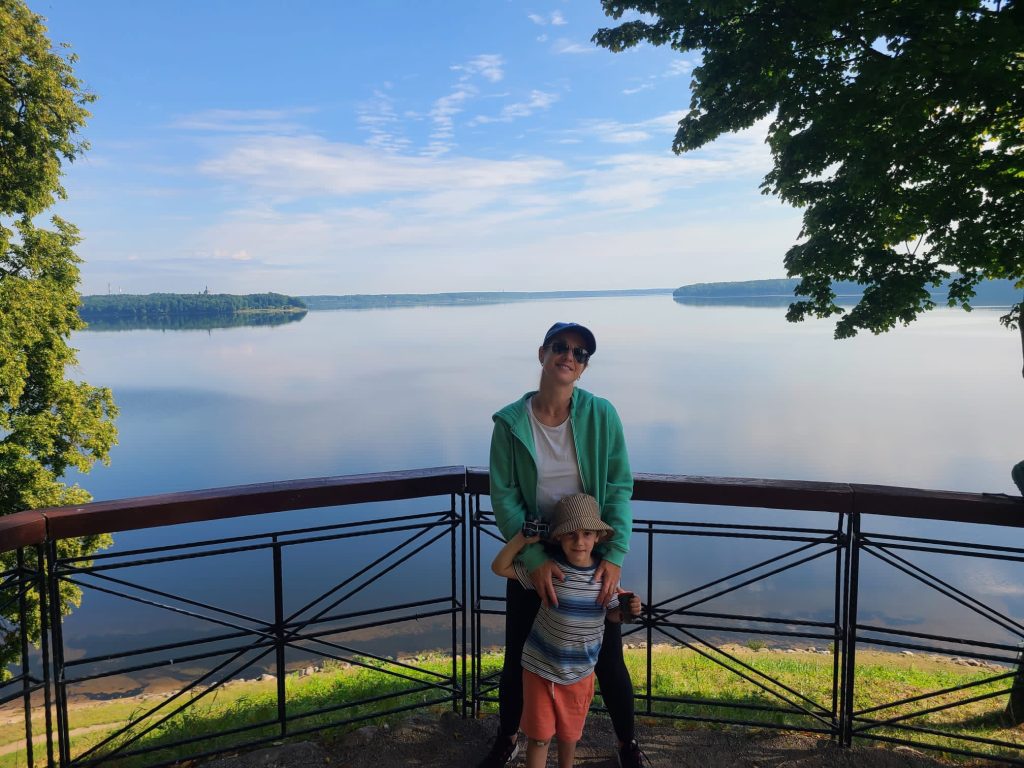
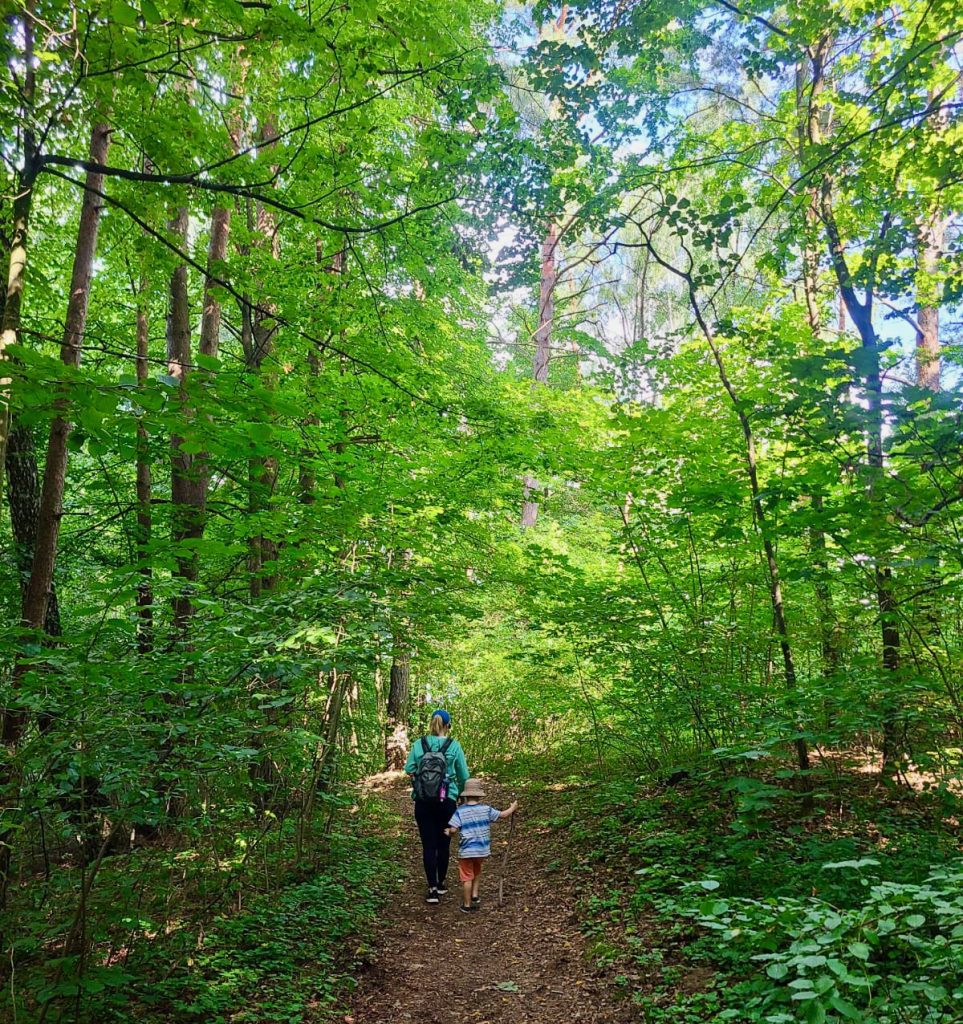

After a very rainy two-hour drive leaving Kaunas, we arrived in Klaipeda, a small port city on the Baltic Sea. There wasn’t anything particularly remarkable about the city itself, but it provides a prime location for access to beautiful natural settings, as well as the Curonian Spit. We did come across some excellent parks and playgrounds in Klaipeda, and Jacob enjoyed renting his own Powerwheels to drive around one of them (Minimelts park). Dave and Jacob also visited a naval warship museum which was pretty exciting. We stayed a bit north of the main city, near an area called Giruliai, because there were very limited accommodations that met our needs in Klaipeda and since we knew this would be a slower-paced visit, we wanted more space and amenities for cooking, working remotely, etc. Although we could walk to the closest beach at Giruliai, we couldn’t walk to anything else and were much more reliant on the rental car, so that wasn’t as ideal.


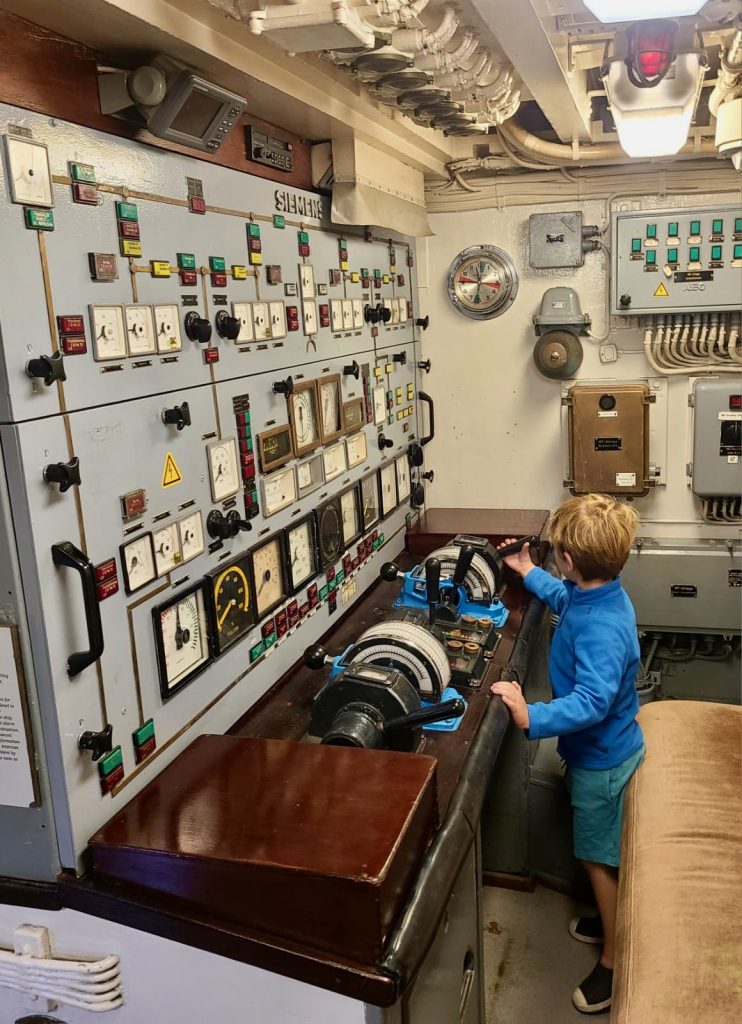


The true highlight of this region was visiting the Curonian Spit, a very long, narrow peninsula off the coast of Lithuania, with the southernmost half belonging to Russia. It’s quite easy to take a 10-minute car ferry over from Klaipeda, and it runs every 20 minutes back and forth nearly all day and evening. The Curonian Spit also hosts a national park with a mix of modest sand dunes, large beaches, and undisturbed forests. At the southernmost point of the Lithuanian portion of the Spit, you can visit a lovely harborside town, Nida, a welcome break from super-windy beaches on the Baltic Sea side. You can easily spend a full day exploring the Spit, so be sure to bring along beach gear, walking shoes, and provisions (though you can also grab lunch in Nida or another village, Juodkrante, at the midpoint). Though you can go over without a car and actually bike from one end to the other, a car is recommended to allow for more flexible exploring.


After several days in Klaipeda, it was time to make our way into our next country, Latvia. On the drive to Riga, which took us through some very remote areas of central and northern Lithuania where most of the main highways were two-lane roads, we made a brief stop at the relatively small but pretty Žemaitijos National Park. This would have been a nice place to camp or stay for a few days and explore if we’d had more time. We also stopped to visit the Hill of Crosses, a Christian pilgrimage site in northern Lithuania near the city of Šiauliai, and one of peaceful resistance during the Soviet occupation years. There are over 200,000 crosses of all sizes and designs on the site, and we observed religious visitors bringing their own (now regulation-sized) crosses to leave in memory of a loved one or for a particular cause.


We really enjoyed our 11 days in Lithuania. It’s a beautiful country, with a lot of family-friendly activities especially in these warm weather months, and people have been welcoming and friendly. It’s also been refreshing to escape the crowds and heat in many of the southern and western European tourist destinations in summer. As one of my favorite family travel blogs, Dutch Dutch Goose, has also noted, Lithuania (and the Baltic States generally) may not be on your usual travel bucket lists, but it offers lovely, rewarding, off-the-beaten-path destinations to explore both in cities and in nature, and couldn’t be more family-friendly.



